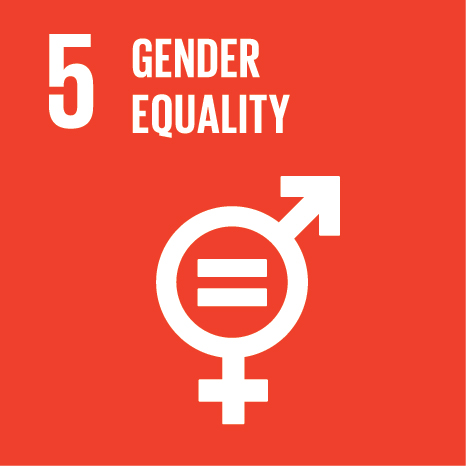Ciência_Iscte
Publications
Publication Detailed Description
Journal Title
European Journal of Pain
Year (definitive publication)
2014
Language
English
Country
United States of America
More Information
--
Web of Science®
Scopus
Google Scholar
This publication is not indexed in Overton
Abstract
BackgroundAlthough many studies have explored gender role expectations of pain behaviours in different cultures, only a few authors have tried to explore whether certain pains are more associated with the typical man or woman. Hence, this study aimed at exploring, among Portuguese laypeople and nurses, patterns of common pains more strongly associated with the typical man or woman, and their relationship with health-care training and personal pain experiences.
MethodsA total of 68 nurses (76% women) and 55 laypeople (62% women) were asked to identify, through free association, the most frequent common pains that people in general associate with the typical man and woman, respectively, and also to report their personal past pain experiences. A content analysis was used to categorize and quantify participants' responses. A multiple correspondence analysis was performed to identify gendered patterns of common pains, followed by a cluster analysis to classify participants according to their endorsed patterns.
ResultsFindings showed that while back and musculoskeletal pains' was the only pattern associated with the typical man, more differentiated patterns of pains were associated with the typical woman, namely (1) headaches; (2) abdominal, back and musculoskeletal pains; and (3) pains due to hormonal cycles, labour/puerperium and from the urinary/reproductive system. These representations were shared by laypeople and nurses and were only significantly associated with personal experiences of pains from the urinary/reproductive system.
ConclusionsThis study identified different gendered patterns of common pains, which may have important implications for (wo)men's pain experiences and how these are interpreted by others.
Acknowledgements
--
Keywords
Fields of Science and Technology Classification
- Basic Medicine - Medical and Health Sciences
- Clinical Medicine - Medical and Health Sciences
Contributions to the Sustainable Development Goals of the United Nations
With the objective to increase the research activity directed towards the achievement of the United Nations 2030 Sustainable Development Goals, the possibility of associating scientific publications with the Sustainable Development Goals is now available in Ciência_Iscte. These are the Sustainable Development Goals identified by the author(s) for this publication. For more detailed information on the Sustainable Development Goals, click here.

 Português
Português



